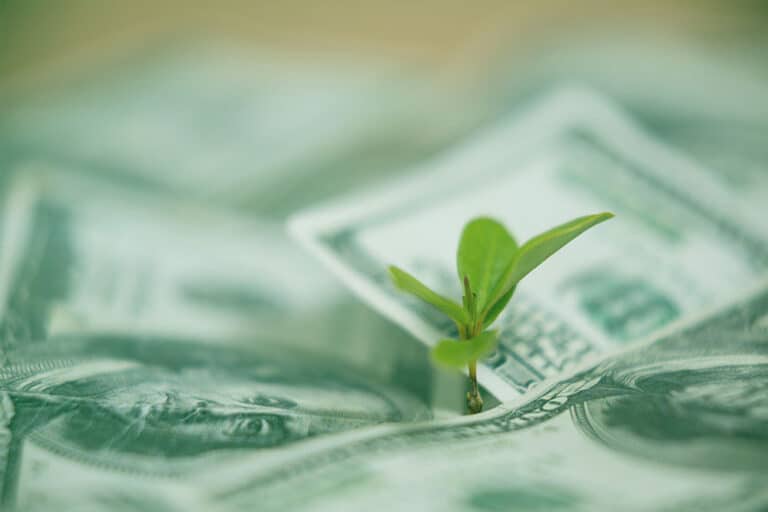Italy has recorded a significant rise in green investment this week, as renewable energy projects attract unprecedented funding. The surge highlights the country’s commitment to sustainable growth and the transition to a low-carbon economy. Experts say this could mark a new era for Italy’s green sector.
Renewable energy projects, including solar, wind, and hydroelectric initiatives, are at the center of this investment boom. Investors from both Europe and beyond are showing increased confidence in Italy’s environmental policies and incentives. Authorities believe this trend could stimulate local economies and create thousands of jobs.
The Italian government has introduced a series of incentives to promote renewable energy. Tax breaks, subsidies, and streamlined approval processes are encouraging businesses to invest in sustainable projects. Officials say these measures are designed to make green investment more attractive and financially viable.
Analysts point out that Italy’s natural resources, such as abundant sunlight and coastal wind corridors, make it an ideal location for renewable energy projects. Combined with supportive policies, these factors are driving a surge in both domestic and foreign investment.
Italy’s green investment is also expected to contribute significantly to the country’s climate goals. The government has committed to reducing carbon emissions by 55% by 2030 and achieving net-zero emissions by 2050. Renewable energy funding is a key part of meeting these targets, ensuring long-term environmental benefits.
Businesses in the renewable sector are reporting increased activity. Several solar and wind farms are expanding operations, and new projects are being announced across multiple regions. Industry leaders believe the growth in investment will strengthen Italy’s position as a European leader in sustainable energy.
Local communities are also benefiting from this green surge. Job creation, improved infrastructure, and the promotion of clean energy technologies are improving living standards. Energy costs are expected to decrease over time as reliance on fossil fuels diminishes.
International investors are taking notice of Italy’s proactive approach. Multinational companies are entering partnerships with Italian firms to develop large-scale renewable projects. These collaborations are expected to bring advanced technology, expertise, and additional capital to the country’s green economy.
Experts warn, however, that careful planning is required to ensure that growth remains sustainable. Proper management of resources, environmental assessments, and adherence to regulations are essential to avoid potential negative impacts. Authorities emphasize that responsible investment is key to long-term success.
Economists predict that the surge in Italy green investment could have ripple effects across the European economy. Other countries may follow Italy’s lead, further accelerating renewable energy development and creating a competitive but collaborative market for sustainable growth.
Financial analysts highlight that investor confidence is at an all-time high. The combination of government incentives, a clear regulatory framework, and strong demand for clean energy solutions is driving funding into renewable projects. Market trends indicate that this growth is likely to continue in the coming years.
Italy’s green investment boom also has social benefits. Communities are adopting cleaner technologies, reducing pollution, and promoting awareness of environmental sustainability. Schools, businesses, and local governments are increasingly participating in green initiatives, further reinforcing a culture of sustainability.
In summary, Italy green investment is reaching new heights, signaling a transformative period for the country’s economy and energy sector. With government support, natural advantages, and growing investor interest, Italy is positioned to become a leader in Europe’s green economy. The surge in renewable projects not only strengthens economic growth but also paves the way for a sustainable future.

